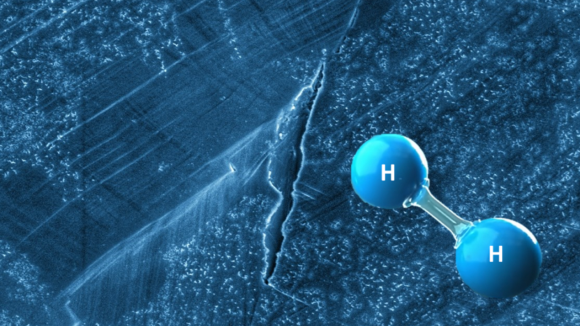 Arun Devaraj, PhD, Physical and Computational Sciences Directorate, Pacific Northwest National Laboratory, USA
Arun Devaraj, PhD, Physical and Computational Sciences Directorate, Pacific Northwest National Laboratory, USA
Arun Devaraj is the Chief Materials Scientist in the Physical and Computational Sciences Directorate of the Pacific Northwest National Laboratory. His research focus is on establishing atomic scale mechanisms for both material processing-microstructure-property relationships and material degradation mechanisms in extreme environments for metallic alloys, oxides, and composite materials. He has extensive experience in applying atom probe tomography (APT) for material characterization, in addition to correlative scanning electron microscopy, energy dispersive X-ray spectroscopy, focused ion beam, transmission electron microscopy (TEM), X-ray absorption near edge spectroscopy, scanning transmission X-ray microscopy and in-situ high energy X-ray diffraction at beamlines in various U.S. Department of Energy synchrotron facilities.
Wendy Gu, PhD, Stanford University, USA Wendy Gu is the Assistant Professor in Mechanical Engineering of Stanford University. Her research focus is the mechanical behavior of nanomaterials. She researches the unique properties of nanoscale metals, ceramics and nano-architected composites in order to design strong, tough and lightweight structural materials, materials for extreme environments, and mechanically-actuated sensors. Her lab's experimental tools include nanoindentation, electron microscopy, and colloidal synthesis.
Wendy Gu is the Assistant Professor in Mechanical Engineering of Stanford University. Her research focus is the mechanical behavior of nanomaterials. She researches the unique properties of nanoscale metals, ceramics and nano-architected composites in order to design strong, tough and lightweight structural materials, materials for extreme environments, and mechanically-actuated sensors. Her lab's experimental tools include nanoindentation, electron microscopy, and colloidal synthesis.
Milos B. Djukic, PhD, University of Belgrade, Serbia Professor Milos B. Djukic is a specialist in hydrogen embrittlement, materials and corrosion science, and the mechanical behavior of materials. He is a Head of the Hydrogen-Materials Interactions Laboratory at the University of Belgrade, Faculty of Mechanical Engineering, a Member of the team for preparation of the Hydrogen Strategy of the Republic of Serbia, and an Executive Committee Member of the ESIS (European Structural Integrity Society). The most important contribution of Dr. Djukic's scientific studies consists of research insights in the field of fundamental understanding of hydrogen embrittlement phenomena in metallic materials.
Professor Milos B. Djukic is a specialist in hydrogen embrittlement, materials and corrosion science, and the mechanical behavior of materials. He is a Head of the Hydrogen-Materials Interactions Laboratory at the University of Belgrade, Faculty of Mechanical Engineering, a Member of the team for preparation of the Hydrogen Strategy of the Republic of Serbia, and an Executive Committee Member of the ESIS (European Structural Integrity Society). The most important contribution of Dr. Djukic's scientific studies consists of research insights in the field of fundamental understanding of hydrogen embrittlement phenomena in metallic materials.

